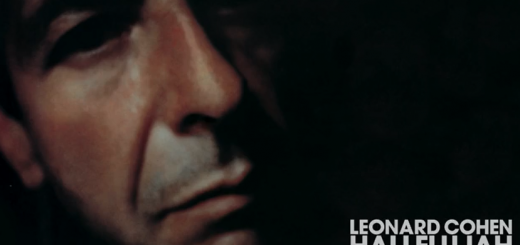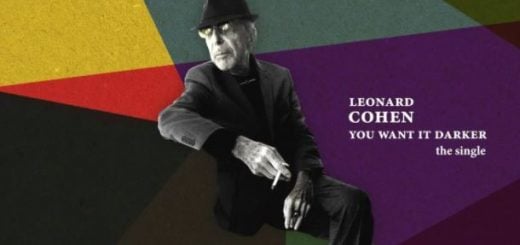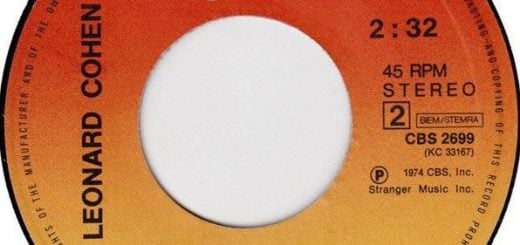Dance Me to the End of Love by Leonard Cohen Lyrics Meaning – Unraveling the Ballad of Eternal Devotion
Lyrics
Dance me through the panic ’til I’m gathered safely in
Lift me like an olive branch and be my homeward dove
Dance me to the end of love
Dance me to the end of love
Oh, let me see your beauty when the witnesses are gone
Let me feel you moving like they do in Babylon
Show me slowly what I only know the limits of
Dance me to the end of love
Dance me to the end of love
Dance me to the wedding now, dance me on and on
Dance me very tenderly and dance me very long
We’re both of us beneath our love, we’re both of us above
Dance me to the end of love
Dance me to the end of love
Dance me to the children who are asking to be born
Dance me through the curtains that our kisses have outworn
Raise a tent of shelter now, though every thread is torn
Dance me to the end of love
Dance me to your beauty with a burning violin
Dance me through the panic ’til I’m gathered safely in
Touch me with your naked hand or touch me with your glove
Dance me to the end of love
Dance me to the end of love
Dance me to the end of love
In the tapestry of modern ballads, few songs weave dark poignancy with tender passion as deftly as Leonard Cohen’s ‘Dance Me to the End of Love.’ It’s a song that is a study in contrasts, a dance spun between the darkness and light of love. Immortalized by Cohen’s gravelly timbre, the song skates gracefully across the surface of love’s complexities, while its depths churn with the currents of a deeper, more somber reality.
This masterfully crafted lyrical journey, accompanied by the haunting echo of the violin, encapsulates emotions that resonate, undiminished, through time. ‘Dance Me to the End of Love’ is not just a song; it is a lyrical embodiment of the struggle and beauty of human connection, one that invites innumerable interpretations, each as perfectly valid as the next. Let’s pirouette into the heart of what makes this song an enduring classic.
A Symphony of Symbols: The Violin’s Fiery Role
The song begins with a ‘burning violin,’ an instrument often associated with passion and, in classical lore, the fiddle played by Nero as Rome burned—symbolizing beauty born amidst disaster or perhaps love enduring through catastrophe. Cohen’s choice of the violin as an anchor in his lyrical dance encapsulates the essence of the duality presented throughout the song: the intense fervor of love and its ability to sustain through calamitous times.
In this metaphor, the violin becomes a beacon through adversity—the enigmatic ‘dance’ and ‘beauty’ summon listeners to cling to the melodies of passion and intimacy even when surrounded by the chaos of a proverbial inferno, suggesting a resiliency of the human spirit.
Dance as Metaphor: A Waltz Between Joy and Sorrow
The repetitive invocation to ‘Dance me…’ is a powerful refrain that serves as the backbone to the song’s structure, reinforcing the cyclical nature of life’s experiences. Dancing, by nature, is an act of closeness, of shared rhythm, and, in a broader sense, is a metaphor for life’s dance with love. Cohen is framing love as something to be entered into with abandon, at once steward and passenger on a journey that is equal parts celebration (‘to the wedding’) and struggle (‘through the curtains that our kisses have outworn’).
The insistence on dancing ‘to the end of love’ reflects a commitment to engage with the various stages and challenges of love’s existence, some joyful and some excruciating, but all integral to the shared human experience.
Unveiling the Song’s Hidden Meaning: Echoes of the Holocaust
While the song can certainly be celebrated as an ode to romantic endurance, it also harbors a hidden layer that is much more somber. Cohen himself verified that the song was inspired by the Holocaust, where Jewish musicians were often forced to play for prisoners on their way to the gas chambers. This chilling historical detail casts the song’s poetic plea to ‘Dance me to the end of love’ in a starkly different light, as a visceral need to find grace in the march towards a tragic finale.
This intentional duality serves as a reminder of love’s power to transcend even the most hellish of human experiences, underscoring a universal longing for beauty and connection against the bleakest backdrops.
Memorable Lines: The Pinnacle of Love’s Expression
‘Lift me like an olive branch and be my homeward dove.’ These words simultaneously evoke images of peace and a yearning for solace. The ‘olive branch’, a symbol of peace, paired with the ‘homeward dove’, encompasses the desire for a return to innocence and safety. This mentoring line is Cohen’s lyricism at its most potent, beckoning for a guiding spirit to provide sanctuary within the tempest of love.
‘We’re both of us beneath our love, we’re both of us above.’ Echoing the dual nature explored throughout the song, this line evokes the sensation of being engulfed by love while also rising above the earthbound tumult, highlighting the song’s meditation on love as a force that both submerges and elevates.
The Timeless Waltz: Why ‘Dance Me to the End of Love’ Endures
The enduring appeal of ‘Dance Me to the End of Love’ lies in its universal reach—its ability to capture the intertwined tapestry of love, loss, history, and desire that spans generations and geographies. Cohen’s song doesn’t just speak to the individual; it speaks to the collective human experience, offering a shared space for listeners to find solace in the recognition of their own joys and sorrows reflected in his words.
It’s the kind of song that becomes a lifelong companion, evolving with the listener’s own experiences of love and life. Through Cohen’s deft poetic imagery and haunting melody, ‘Dance Me to the End of Love’ remains a refrain for the ages, a symbol of the enduring dance of love, with all its complex steps and turns.








